THE DAY CANADA STOOD STILL: COULD HAVE BEEN WORSE FOR EARTH
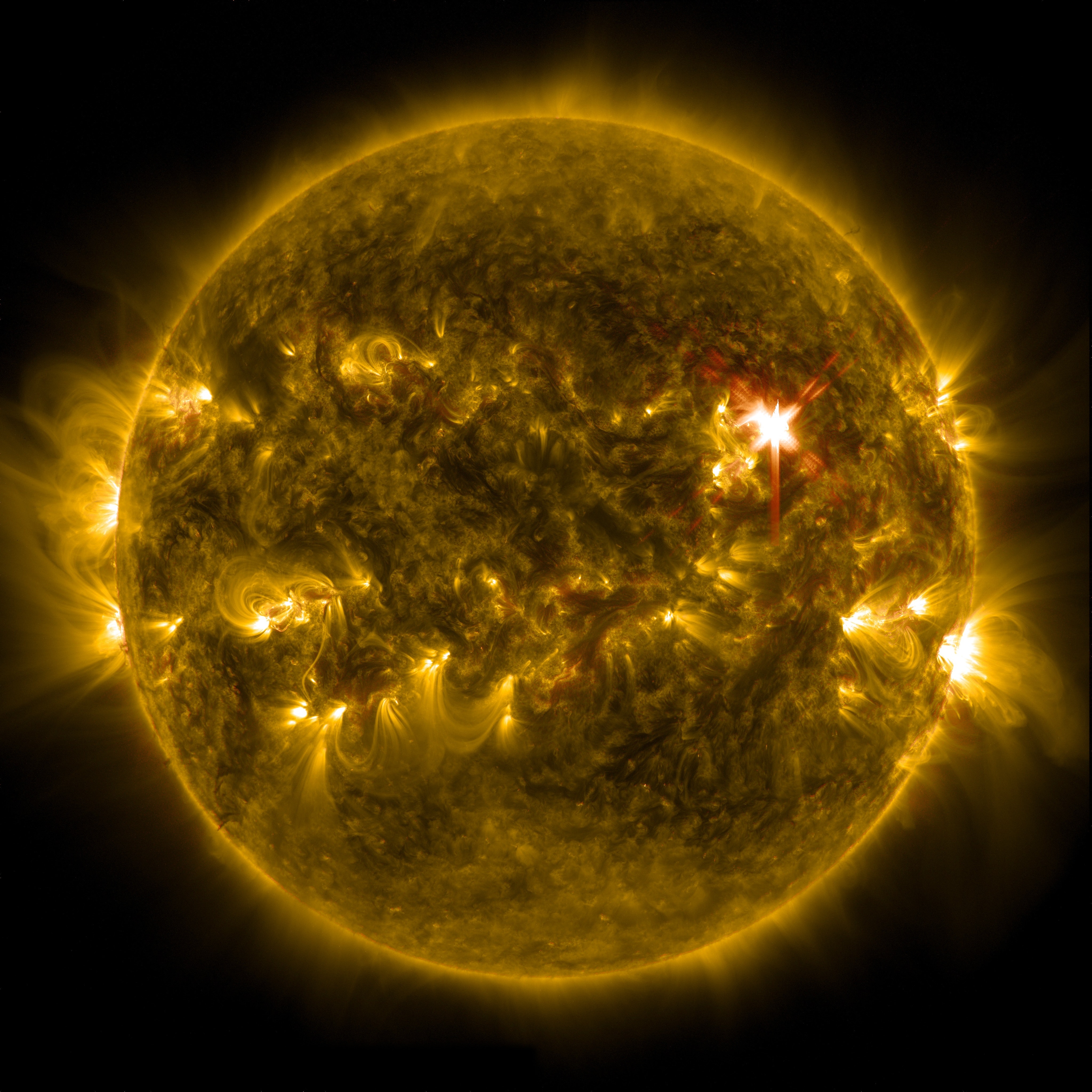
QUESTIONS
Where will you be if your city stands still for a day? What comes to your mind if your whole country stands still for a few days? How afraid will you be if earth itself stops being the planet as we know it every day?

THE FIRST SIGN
I first noticed that something was off when I went to the bathroom to pee at around 5:00 in the morning. The room was dark, and I decided to check the time on my cellphone. Nothing. But I was too sleepy to bother.
At 6:00 a.m. I started my daily routine. A normal morning, I greeted Google good morning, expecting her to answer back and proceed with the usual forecast for the day, and spit out the curated news from chosen outlets. “I cannot connect to the wifi…”
IT WAS GETTING SERIOUS
I took my phone and saw a NO SERVICE. Then I fired off some text messages to a few friends. CANNOT SEND. I decided to check the Cable TV to see what’s going on. It dawned on me, everything was off. Was I disconnected from the outside world? No calls, no text messages, no cable, no internet, and the scariest of all no social media. Nothing. My world stood still.
IT WAS SERIOUS INDEED
It was July 8, 2022, a Friday. Life would soon go back to normal. I said to myself dismissively. At noon, I hopped in the car and decided on an hour-long drive to our other property located in the countryside. It would be a busy weekend, filled with excitement to say hello to our veggies that were starting to bloom.
THE REALITY SANK IN
In that other property the internet was provided by Bell. As soon as I entered the door, my phone caught its connection in no time. Ah, life is normal after all. But then my wireless was with Rogers. Still no service! I checked my newsfeed. Then it hit me. A major service disruption with Rogers Communications.
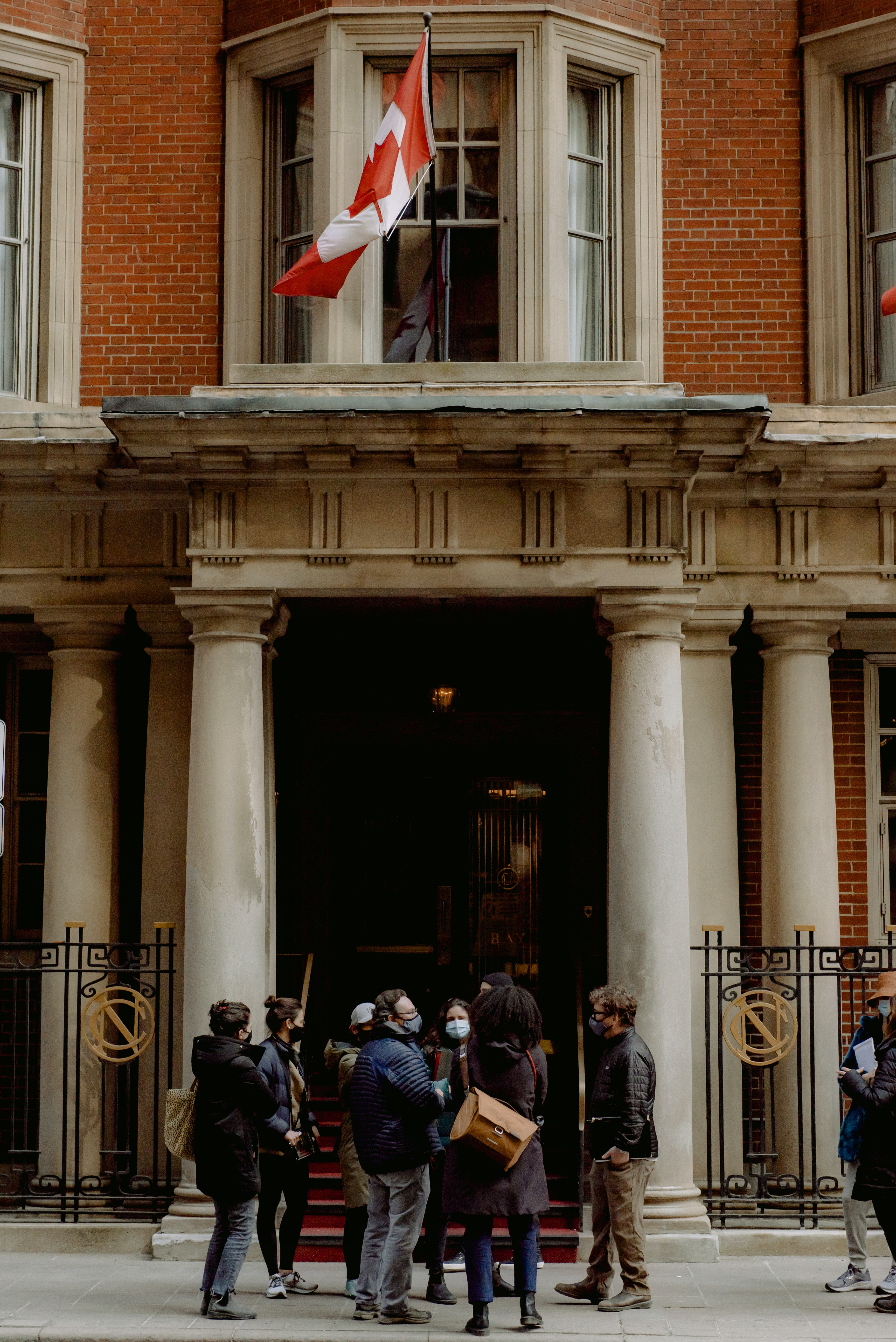
THE PANICKED POPULATION
By this time troubling news kept pouring in. In the evening things got clearer. The outage was all over Canada. It would affect 12 million Rogers subscribers. Canadians in big cities scrambled to find cafes and other places to find internet connections. Card payments stopped. Shoppers dashed outside to find the nearest ATM machines. Nope. People stood on the sidewalks exchanging bewildered looks. Some took it to the next level and called 911. Nothing.

THE SCOPE OF THE AFFECTED LANDSCAPE
The ripple effects of the outage would continue the whole weekend. Hospitals went back to basics with paper charts, surgeries and other procedures postponed. There was confusion for arriving passengers at airports with ArriveCan app not processing their information. Rail transit systems couldn’t accept fare payments, online services of critical government agencies like Service Canada and Canada Revenue Agency were down.
THE SIMPLE CULPRIT
Later in the day, Rogers Communications attributed the nationwide disruption to a simple “normal maintenance” glitch. No, it was not about any cyberattack or malicious sabotage. What was thought to be a benign technical update just took a wrong turn. And it forced many people to pause and ask: Could it have been worse?
YES, IT COULD HAVE BEEN WORSE
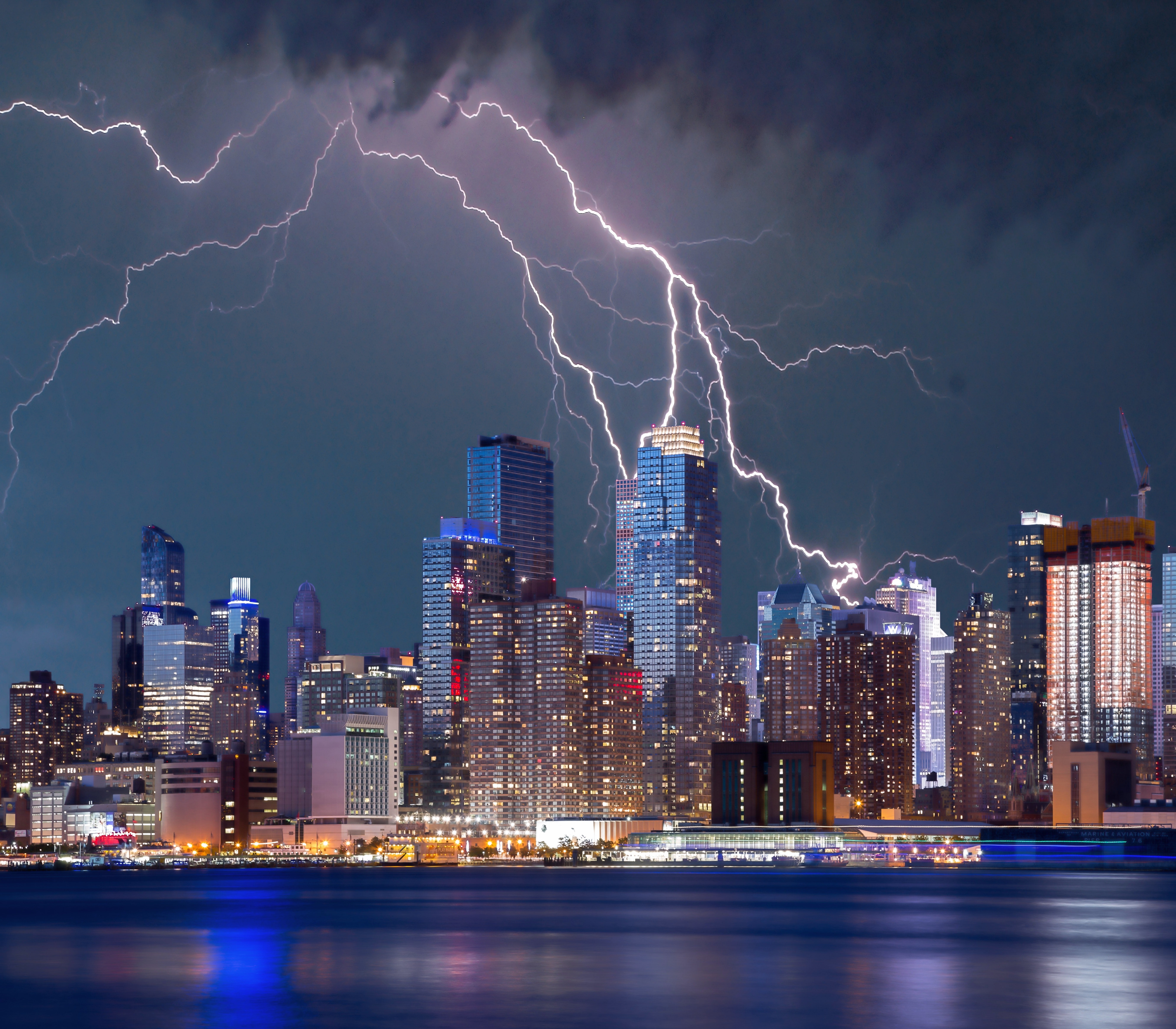
On March 28, 2022, a very powerful flare from the sun flashed at our planet at the speed of light. It sent a combination of X-ray and ultraviolet radiations, causing some radio blackouts especially in some parts of Asia, New Zealand and Australia. Luckily, the disruptions lasted only an hour or so. Unfortunately, scientists believe this kind of solar phenomenon affecting earth would become more frequent. “The sun is flaring up, and there’s more to come.” This event was just among the many occurrences in 2022, but the prediction is that 2023 would see many more like this.
WAS IT JUST A FLUKE?
Our sun regularly flashes flares, most of them too far to reach our beloved earth. For those brave enough to know more about this scary phenomenon, there are available information from authoritative scientific sources. And I am thankful that they don’t appear in daily headlines.
ANOTHER OCCURRENCE CLOSER TO HOME
It was on March 10, 1989, a Friday (Again!) that astronomers had noticed a huge explosion on the sun. Soon after it produced a “billion-ton cloud of gas”, an energy equivalent to “thousands of nuclear bombs exploding at the same time.”

As night fell on March 12, this “geomagnetic storm” reached the Earth’s magnetic field. It was so powerful that it created a breathtaking “aurora borealis”, or northern lights, that were witnessed “as far south as Florida and Cuba.”
CANADA (AGAIN!) TOOK THE BRUNT
The whole province of Quebec plunged into total darkness just before 3:00 a.m. on March 13. Eerie total blackout caught the Quebecers by surprise. There would be no hot breakfast, no bus service to work, no elevators at work. Its airport as well as all businesses and schools were closed. Thankfully, the provincewide outage lasted only 12 hours. But its ripple effects were also felt down south in the US, “from coast to coast.” And in space, it caused some satellites to spin erratically for several hours.
THE MOST INTENSE SOLAR STORM IN HISTORY
Between September 1 and 2, 1859, a geomagnetic storm named Carrington Event occurred. This historic phenomenon was known to create at least three unusual events: an aurora borealis so bright it was seen globally, it disrupted telegraph systems in the whole of North America and across Europe (there were reports of operators getting electric shocks), and two operators from Portland (Maine) and Boston (Massachusetts) transmitting their conversations for two hours with disconnected batteries (the power was provided by the solar storm!).
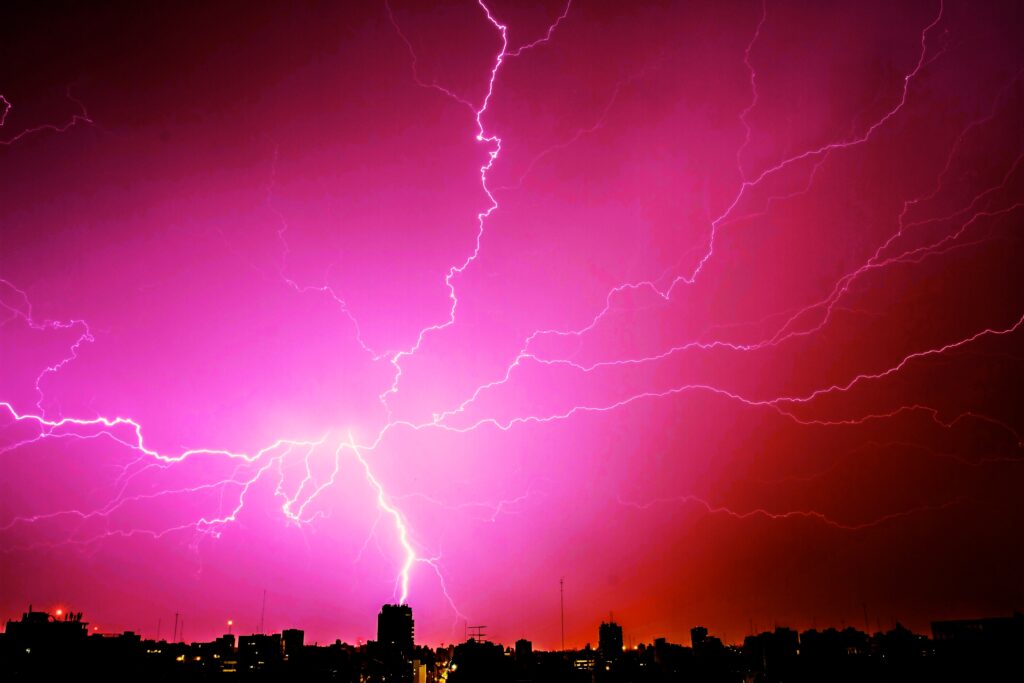
ARE THERE MORE COMING IN THE NEAR FUTURE?
Frighteningly, yes. Scientific sources say, “More solar flares and eruptions are in store, and will probably increase in frequency, as our star ramps up to the peak of its 11-year solar cycle in 2025.”
ANY GOOD NEWS?
Thankfully, yes there is. International team of scientists are developing some tools to predict this kind of phenomenon. Using artificial intelligence or AI, computers can recognize any signs and patterns that anticipate any solar storms. But it really does not give us enough comfort to sleep soundly at night. The computers can predict, yes, but it only gives us 30 minutes of warning.
NOW IMAGINE THIS
The service disruption that occurred on July 8, 2022 only involved one internet and wireless service provider, Rogers Communications. What if all providers in Canada went dark? And what if it went on for weeks?
And what if the event on March 10, 1989 that plunged the province of Quebec into total darkness happened across Canada?
What happens if the Carrington Event on September 1 & 2, 1859 were to happen again – globally! It was estimated that in 2021 US dollar equivalent, if the same magnitude would occur it would cost the US between $698 billion to $3.03 trillion.
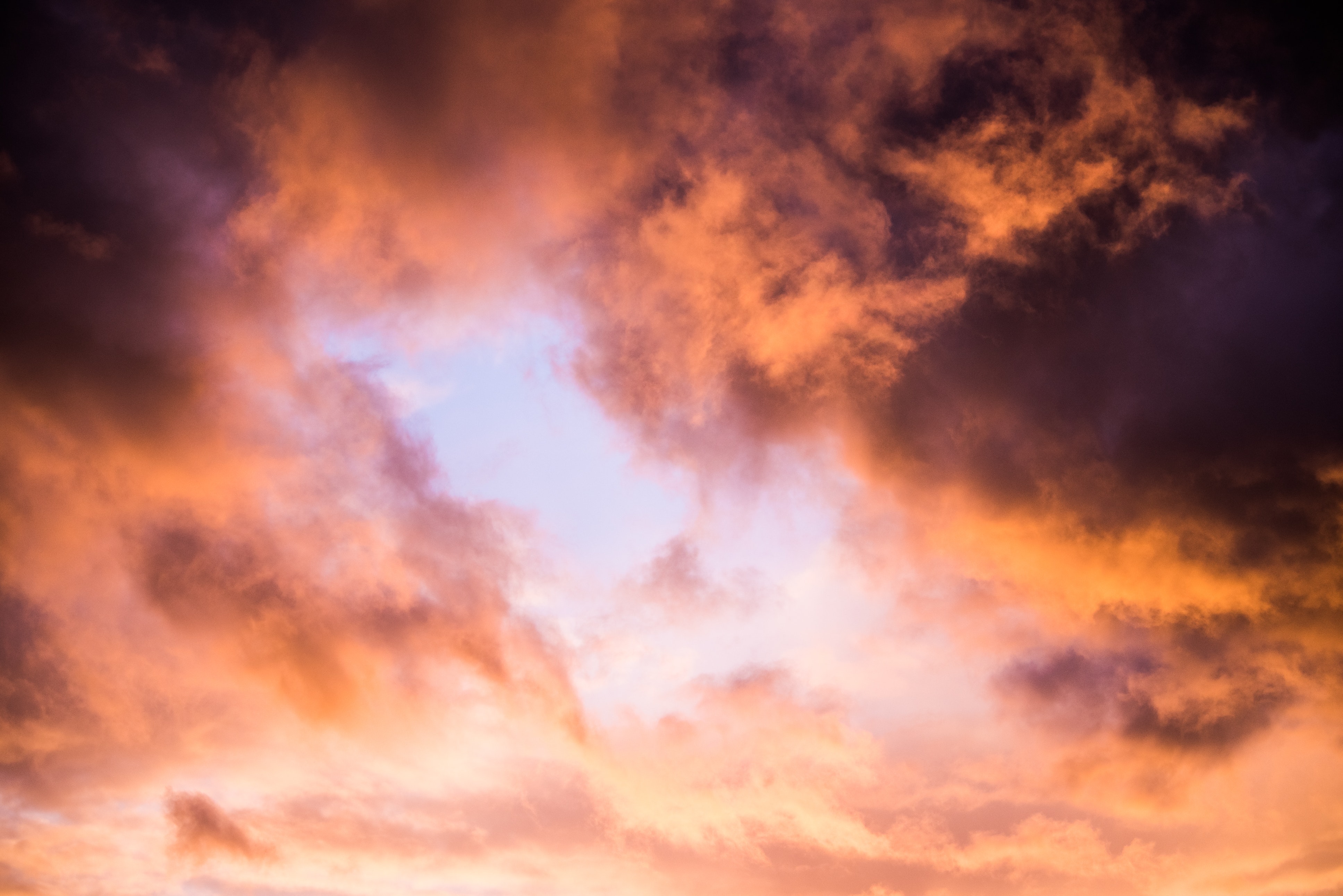
WHAT’S THE BIG DIFFERENCE
The events in 1989 and 1859 seemed so far off it is so hard to imagine their catastrophic magnitude in our lives today. But the Rogers going dark on July 8, 2022, is still fresh. At least to me. I can still vividly picture the panicked faces of Canadians feeling so paralyzed at least for a day. To some, it took their whole weekend. It was not just the 12 million Rogers subscribers; it disrupted the crucial private as well as public infrastructure and services.
But not considering the monetary loss, if those events in 1989 and 1859 were to occur, I am afraid the toll would be more catastrophic. Let us remember that in 1989 the internet was still in its infancy, and very few people had even heard about it or how it worked. And in 1859 the closest that humanity would experience the internet was the telegraph.
On July 8, 2022 I felt so at a loss. I felt so alienated from the rest of the world. And to think that I was not active in most social media platforms. What would have happened if I did? And, thankfully, I was not yet into blogging.
QUESTIONS

So, let’s go back to my questions at the start of this post. Where will you be if your city stands still for a day? What comes to your mind if your whole country stands still for a few days? How afraid will you be if earth itself stops being the planet as we know it every day?
MY ANSWER
One, I do not have a choice if I went offline, do I?
Second, I would probably be thinking of doing something that does not need internet connection or electronic gadgets, fishing maybe?
Third, I would be very afraid, of course.
If given a 30-minute warning I would probably go outdoors and say thank you to Mother Nature. Or go out naked and plunge into the warm embrace of the sea or lake.

Maybe go out to the forest and hug a tree and be one with it?

But if no warning is given, I hope and pray that when, not if, something like this does happen any time soon, I will be caught squatting over my vegetable gardens. It is another thing that I love doing during the summer.
WHAT ABOUT YOU?
Please share your thoughts by clicking on the underlined Let Me Know Your Thoughts below.



